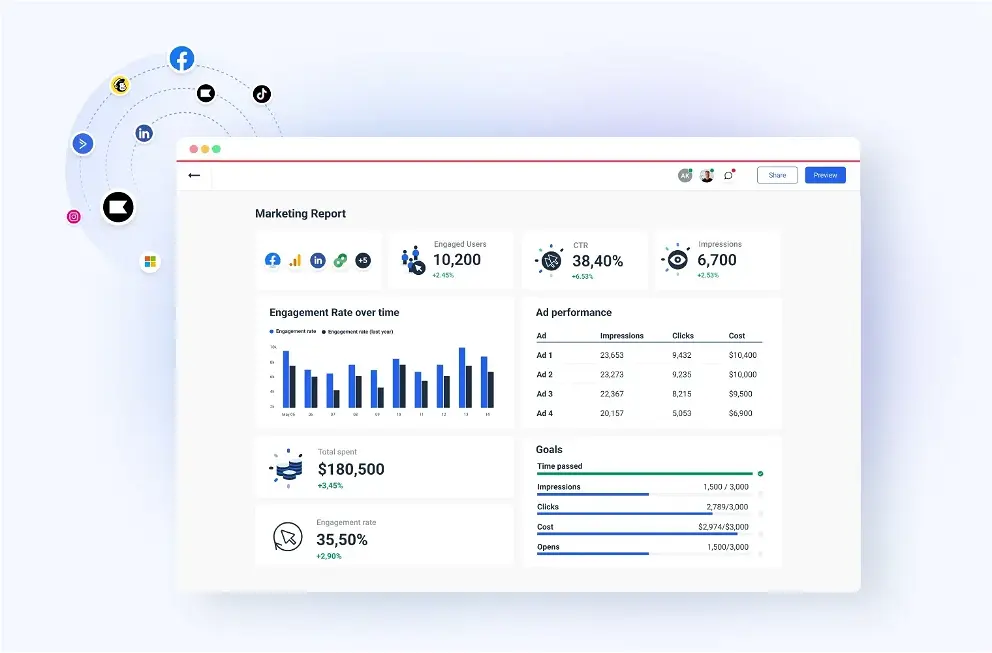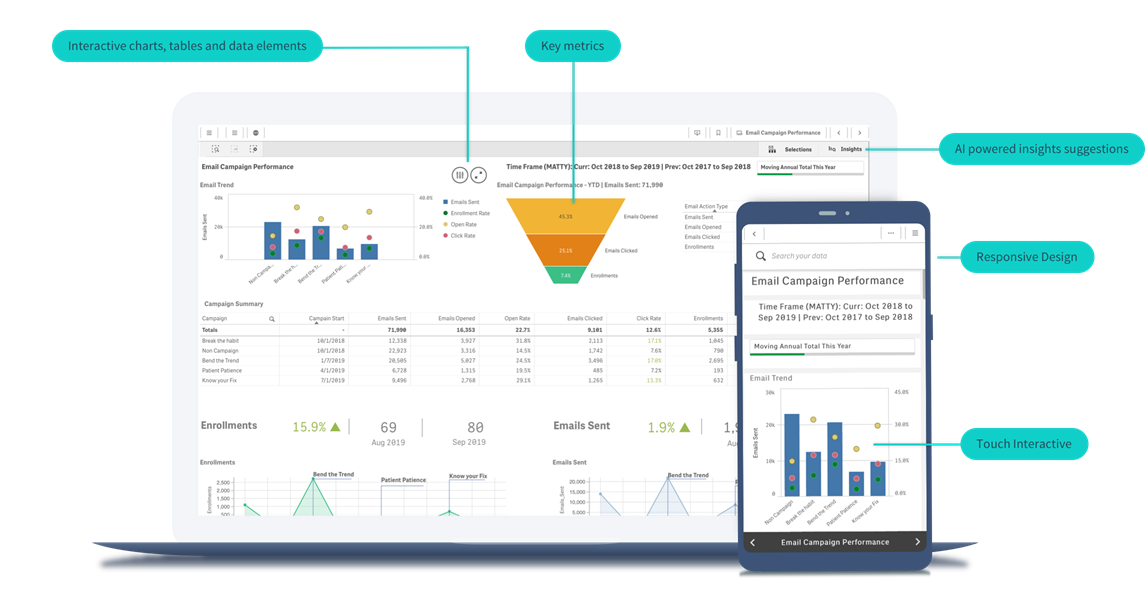Marketing reporting tools are essential for businesses to track and analyze their marketing efforts. These tools provide valuable insights into the performance of marketing campaigns, allowing businesses to make data-driven decisions and optimize their strategies.
In this article, we will discuss the key factors to consider when selecting marketing reporting tools and highlight some popular options.
- Define your reporting goals
The first step in choosing the right marketing reporting tools for your business is to define your reporting goals. Defining your reporting goals will help you identify the key features and functionalities you need in a marketing reporting tool. For more information about marketing reporting tools visit Agency dashboards.

- Consider your budget
Another important factor to consider when choosing marketing reporting tools is your budget. Different tools come with different price points, and it’s important to find one that aligns with your budget constraints. Some tools offer free versions with limited features, while others require a monthly or annual subscription fee.
- Evaluate ease of use
When selecting marketing reporting tools, it’s essential to consider the ease of use. The tool should have a user-friendly interface and intuitive navigation, allowing you to access the information you need quickly. Remember, the purpose of using marketing reporting tools is to save time and streamline your reporting process, not to add complexity.
- Look for integration capabilities
Integration capabilities are crucial when choosing marketing reporting tools, especially if you use multiple platforms and tools for your marketing efforts. The reporting tool should seamlessly integrate with your existing systems, such as CRM software, email marketing platforms, social media management tools, and advertising platforms.
- Assess data visualization and reporting features
Data visualization is an essential aspect of marketing reporting tools. The tool should offer visually appealing and interactive charts, graphs, and tables that make it easy to understand and interpret the data. This enables you to identify trends, patterns, and insights at a glance.


